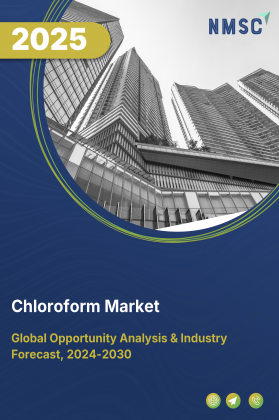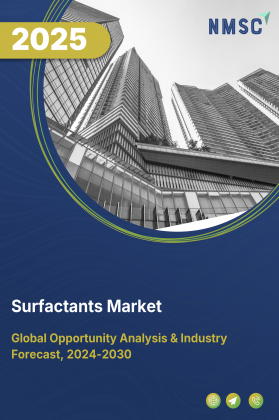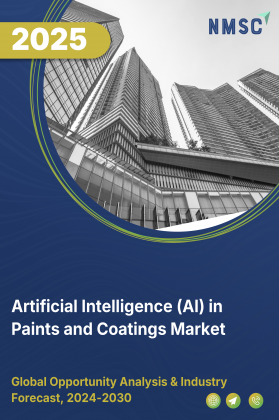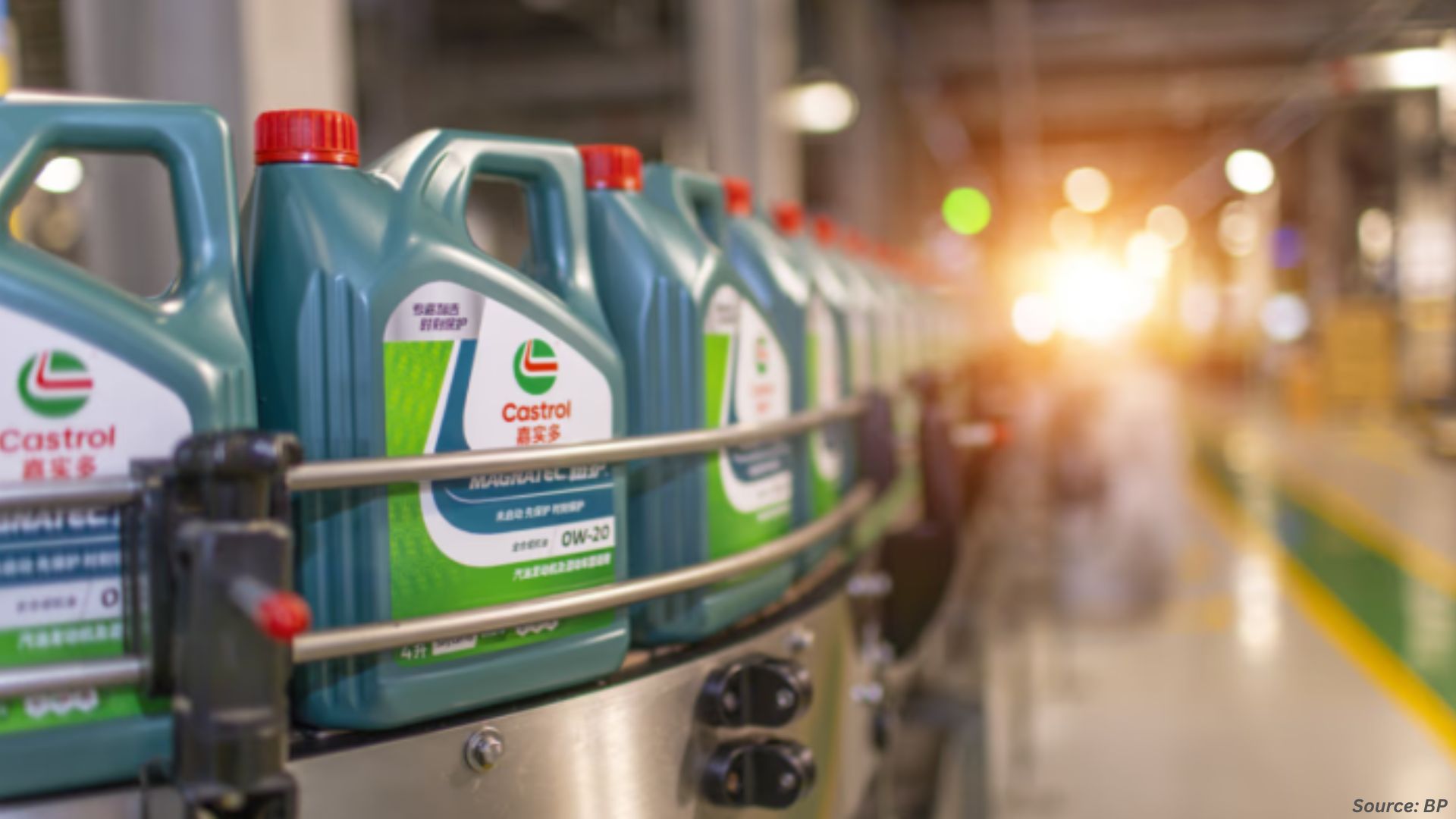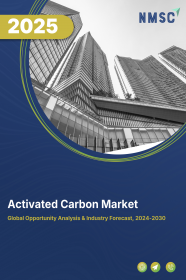
Activated Carbon Market by Form (Granulated Activated Carbon, Pelletized Activated Carbon, Powdered Activated Carbon, Impregnated Activated Carbon and Catalytic Activated Carbon), by Type (Coal Based, Coconut Shell Based, Wood Based and Others), by End Use Industry (Water Treatment, Food and Beverage, Pharmaceutical and Medical, Automotive and Other End Users) - Global Opportunity Analysis and Industry Forecast 2022-2030
Market Definition
The global Activated Carbon Market size was valued at USD 5.52 billion in 2021 and is predicted to reach USD 10.85 billion by 2030 with a CAGR of 7.8% from 2022-2030. Activated Carbon, also known as activated charcoal, is used as an adsorbent, with a capacity to adsorb thousands of organic and inorganic materials.
It is largely used to purify, deodorize, decolorize, and dechlorinate compounds, such as benzene, geosmin, and gold among others, owing to its pore structure, high surface area, and high degree of surface reactivity. Also, activated carbons are economical adsorbents for separation, purification, and cosmetology industries across the globe.
Moreover, it is used in various industrial applications which include air and gas cleaning that involves purification of factory effluent gases and desulphurization Furthermore, the adoption of Activated Carbon Injection (ACI) technology has provided cost-effective methods of purification.
Market Dynamics and Trends
The scarcity of clean water across the globe, demands various countries such as China, India, Canada, and the U.S. among others to massively invest in water purification plants. Activated carbon is increasingly being used for water treatment, such as sewage water, service water, and groundwater. Also, due to the growing environmental concerns, the government authorities are compelled to implement strict guidelines for the disposal of industrial wastewater.
For instance, governments of many countries have mandated to incorporation of water treatment units in various industries, such as chemical industries along with the paints and dyes industry. It has further encouraged several producers to put money into developed technologies and progressive concepts for the use of activated carbon in wastewater treatment applications.
Additionally, the rise in pollution and expanding population, have escalated the demand for safe potable drinking water, which in turn is expected to drive the growth of the activated carbon market. However, the dearth of several raw materials such as coconut shell carbon and coal-based carbon, leads to rising prices, which turns out to be a restraining factor for the market growth.
Also, activated carbons are not effective at removing chemicals that are not attracted to carbon, such as nitrates, fluoride, and heavy metals. On the contrary, due to the growing popularity of activated carbon in smart electronics and electricals, the industry is estimated to grow progressively and is expected to witness ample opportunities in the fabrication of supercapacitors and for hydrogen storage.
Market Segmentations and Scope of the Study:
The market is segmented based on type, raw material, application, end-user industry, and geography. Based on type, the market is classified into powdered, granular, extruded, bead, polymer coated, impregnated, and woven carbon. Based on raw material, the market is divided into coal-based, coconut shell-based, wood-based, olive stones, and petroleum pitch.
Based on application, the market is categorized into water purification, air and gas purification, pharmaceuticals, metal extraction, catalyst, vehicle emission control, edible oil purification, and others. Geographical breakdown and analysis of each of the aforesaid classifications includes regions comprising North America, Europe, Asia-Pacific, and RoW.
Geographical Analysis
Asia-Pacific dominates the activated carbon and it is convincingly expected to remain dominant in the Activated Carbon Market throughout the forecast period. China, Japan, and India are major consuming countries that are expected to lead the market in this region for the next several years.
Also, the upsurge in the population of the Asia-Pacific region has led to a rise in demand for pure and safe potable water. This, coupled with the availability of raw materials and other resources will drive the growth of the market in this region.
Europe is anticipated to witness moderate growth due to the saturation of end-use industries and weak economic prospects. However, strict government regulations and growing environmental concerns are expected to drive the market in this region. As a result, applications such as air purification and water treatment are expected to show rapid growth.
Competitive Landscape
The activated carbon market is highly segmented with several global and regional players such as Carbon Activated Corporation, Heycarb Activated Carbon, Huaqing Inc., Kalpaka Chemicals, Calgon Carbon Corporation, Norit Inc., Acuro Organics Limited, Puragen Activated Carbons,, General Carbon Corporation, Karbonous Inc., Qizhong Chemical Co.,Ltd., Clarimex Inc., Huamei Activated Carbon.Co., Ltd, Donau Carbon US LLC , Zhengzhou Zhulin Activated Carbon Development Co., Ltd. These key market players are adopting several strategies such as joint ventures, expansion, mergers and acquisitions, partnerships to sustain their dominance in the global activated carbon market.
For instance, in February 2021, Ingevity Corporation expanded its activated carbon manufacturing capacity by an additional 15% to 20% in the Zhuhai plant, in China. The expansion has upgraded its capacity to meet the rising global demand for its high-capacity carbon products, basically used to control gasoline vapor emissions in cars, trucks, and boats. Also, in June 2020, Calgon Carbon Corporation has announced that it intends to expand its capacity in Pearlington, Mississippi plant with an add on of second virgin activated carbon production line. The estimated investment would be USD 185 million, which will exceed the production capacity by 200 million pounds per year, after completion by the end of 2022.
Key Benefits
-
The Activated Carbon market report provides the quantitative analysis of the current market and estimations through 2022-2030 that assists in identifying the prevailing market opportunities to capitalize on.
-
The study comprises a deep dive analysis of the Activated Carbon market trend including the current and future trends for depicting the prevalent investment pockets in the market.
-
The information related to key drivers, restraints and opportunities and their impact on the Activated Carbon market is provided in the report.
-
The competitive analysis of the market players along with their market share in the Activated Carbon market
-
The SWOT analysis and Porters Five Forces model is elaborated in the study.
-
Value chain analysis in the market study provides a clear picture of the stakeholders’ roles.
Key Market Segments
By Form
-
Granulated Activated Carbon
-
Pelletized Activated Carbon
-
Powdered Activated Carbon
-
Impregnated Activated Carbon
-
Catalytic Activated Carbon
By Type
-
Coconut shell-based activated carbon
-
Coal-based activated carbon
-
Wood based activated carbon
-
Other Raw Materials
By End Use Industry
-
Water Treatment
-
Food and Beverage
-
Pharmaceutical and Medical
-
Automotive
-
Other End Users
By Geography
-
North America
-
U.S
-
Canada
-
Mexico
-
-
Europe
-
UK
-
Germany
-
France
-
Italy
-
Spain
-
Rest of Europe
-
-
Asia-Pacific
-
China
-
India
-
Japan
-
South Korea
-
Australia
-
Rest of Asia-Pacific
-
-
RoW
-
UAE
-
Saudi Arabia
-
South Africa
-
Brazil
-
Remaining Countries
-
Key Players
-
Carbon Activated Corporation
-
Heycarb Activated Carbon
-
Huaqing Inc.
-
Kalpaka Chemicals
-
Calgon Carbon Corporation
-
Norit Inc.
-
Acuro Organics Limited
-
Puragen Activated Carbons
-
General Carbon Corporation
-
Karbonous Inc.
-
Qizhong Chemical Co.,Ltd.
-
Clarimex Inc.
-
Huamei Activated Carbon.Co., Ltd
-
Donau Carbon US LLC
-
Zhengzhou Zhulin Activated Carbon Development Co., Ltd.
REPORT SCOPE AND SEGMENTATION:
|
|
|
|
|
|
|
|
|
|
|
|
|
|
|
|




















 Speak to Our Analyst
Speak to Our Analyst



